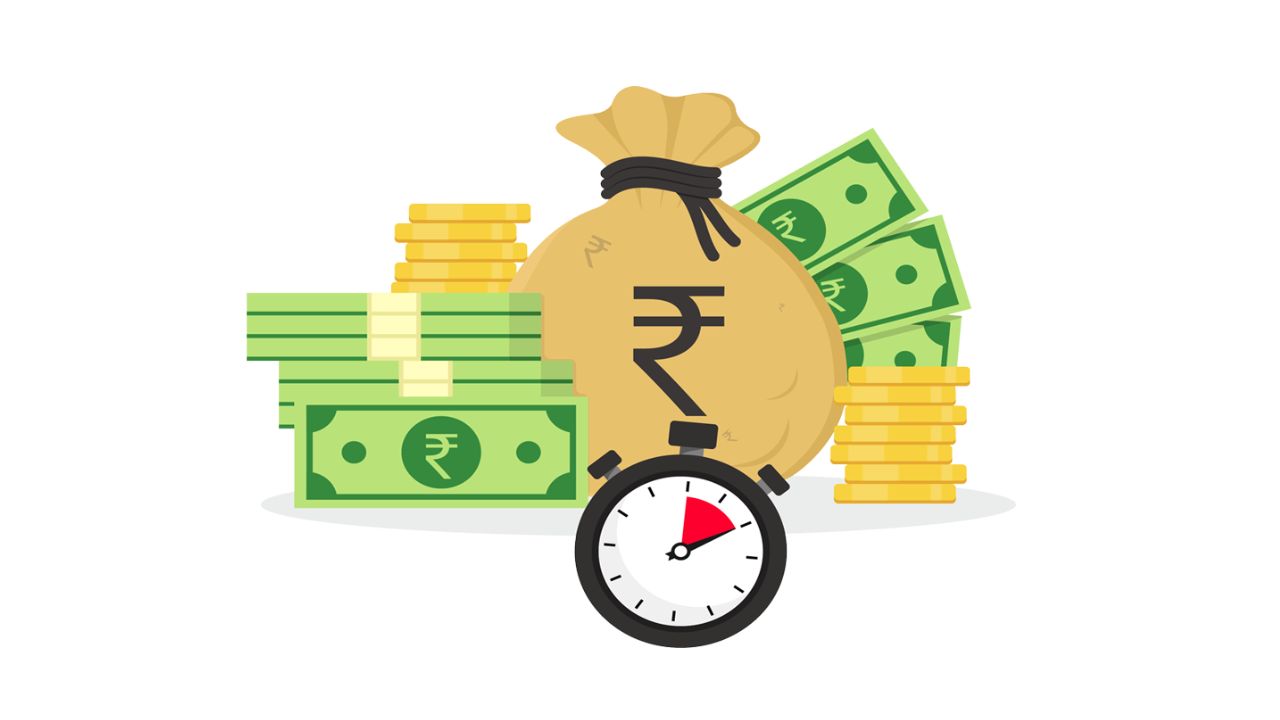Personal loans can be an excellent solution when you’re facing unexpected expenses, funding a big purchase, or consolidating debt.
With the convenience of online applications, obtaining a personal loan has become easier than ever.
However, before you dive into the process, it’s important to understand the requirements for securing an online personal loan.
This will help you determine whether you meet the necessary criteria and avoid any surprises during the application process.
In this blog, we’ll break down the key requirements that lenders typically look for when you apply for a personal loan online.
1. Age and Legal Capacity
One of the basic eligibility requirements for applying for a personal loan is that you must be at least 18 years old.
This is the legal age of adulthood in most countries, and being under 18 would typically make you ineligible for a loan.
Some lenders may even have a higher age requirement, such as 21, depending on their policies.
Additionally, you must have the legal capacity to enter into a contract. This means you must be of sound mind and not legally restricted from entering financial agreements.
2. U.S. Citizenship or Legal Residency
Most online personal loans are available to U.S. citizens, permanent residents, or people with a valid visa.
Lenders will require proof of your legal residency status, as they need to ensure that you can legally take on the debt and repay it.
Some lenders may also offer loans to residents of specific states, so it’s crucial to ensure that the lender operates in your location.
This is especially important in the U.S., as some states have restrictions on lending practices or caps on interest rates.
3. Credit Score
Your credit score is one of the most important factors when it comes to qualifying for a personal loan.
Lenders use your credit score to gauge your reliability and the level of risk you present as a borrower.
A higher credit score typically translates into lower interest rates and better loan terms, as lenders view you as a lower-risk borrower.
Here’s a general breakdown of what credit scores might mean for your loan eligibility:
- Excellent (750 and above): You’re likely to qualify for the best rates and terms.
- Good (700-749): You’re a low-risk borrower, and you should have access to competitive rates.
- Fair (650-699): You may qualify for a personal loan, but the rates may be higher.
- Poor (below 650): It may be more challenging to get approved, but there are lenders that specialize in working with individuals with lower credit scores.
If your credit score is on the lower end, consider improving it before applying, as this could help you secure better rates and a larger loan amount.
4. Income and Employment Status
Lenders need to verify that you have the financial means to repay the loan. For this reason, you’ll be required to provide proof of income.
Most online personal loan applications ask for details about your current income, employment status, and possibly your employer’s contact information.
The income requirement will vary depending on the lender, the loan amount you’re requesting, and the term of the loan.
A steady, reliable income is one of the key factors that lenders look for to ensure that you can afford the monthly loan payments.
Common forms of income that lenders will accept include:
- Full-time or part-time employment income
- Self-employment income
- Social Security benefits
- Disability benefits
- Pension income
If you’re self-employed, you may need to provide additional documentation such as tax returns, bank statements, or proof of business income to show your ability to repay the loan.
5. Debt-to-Income Ratio (DTI)
Lenders will also examine your debt-to-income ratio (DTI), which measures how much of your income goes toward existing debt.
This ratio is crucial because it gives lenders an idea of your ability to take on additional debt without overextending yourself.
To calculate your DTI, divide your total monthly debt payments by your gross monthly income. For example, if you have $1,500 in monthly debt payments and earn $5,000 a month, your DTI is 30%.
A lower DTI ratio indicates that you have more disposable income to handle a personal loan, while a higher ratio may suggest that you’re overburdened by debt and may struggle to make timely payments.
In general, lenders prefer a DTI ratio under 40%, but some may approve loans with higher ratios, especially if you have a strong credit score or a reliable income.
6. Bank Account Information
Since most online lenders disburse loans directly into your bank account, you’ll need to provide your bank account details.
Lenders require this information to ensure that you can receive the funds quickly if your application is approved.
Additionally, lenders may use your bank account details to verify your financial history. Some lenders also use this information to set up automatic payments for your loan, making it more convenient for you to repay without worrying about missing a payment.
7. Proof of Identity and Residency
Lenders require proof of identity to confirm that you are who you say you are.
This is to prevent identity fraud and to ensure that they are lending money to the correct person. Typical documents you might need to provide include:
- A government-issued photo ID (e.g., driver’s license or passport)
- Social Security number (for U.S. applicants)
- Utility bills or other documents proving your current address
In some cases, lenders may ask for additional documents, such as tax returns or pay stubs, to further verify your identity and income.
8. Loan Purpose
While most personal loans can be used for a variety of purposes, some online lenders may ask for the purpose of the loan.
Whether you plan to use the funds for debt consolidation, medical expenses, home improvements, or any other need, you may need to explain the reason for borrowing.
Lenders may have different terms for specific loan purposes, so this is an important step to clarify.
9. Collateral (for Secured Loans)
While many online personal loans are unsecured, some lenders may offer secured loans, especially if you have a low credit score.
With a secured loan, you’ll need to pledge an asset, such as your car or home, to back the loan. If you fail to repay the loan, the lender can seize the collateral as compensation.
This requirement is not typical for unsecured loans, which rely solely on your creditworthiness.
Conclusion: Meeting the Requirements for an Online Personal Loan
Securing an online personal loan involves meeting several key requirements, including being of legal age, having a good credit score, providing proof of income, and ensuring you have the ability to repay the loan.
While each lender may have slightly different criteria, these requirements generally apply across the board.
Before applying, take time to assess your financial situation, check your credit score, and gather the necessary documentation.
Being well-prepared will improve your chances of approval and help you secure the best loan terms available. With the right steps in place, you’ll be able to take advantage of the convenience and accessibility that online personal loans offer.
For more posts, Click Here









